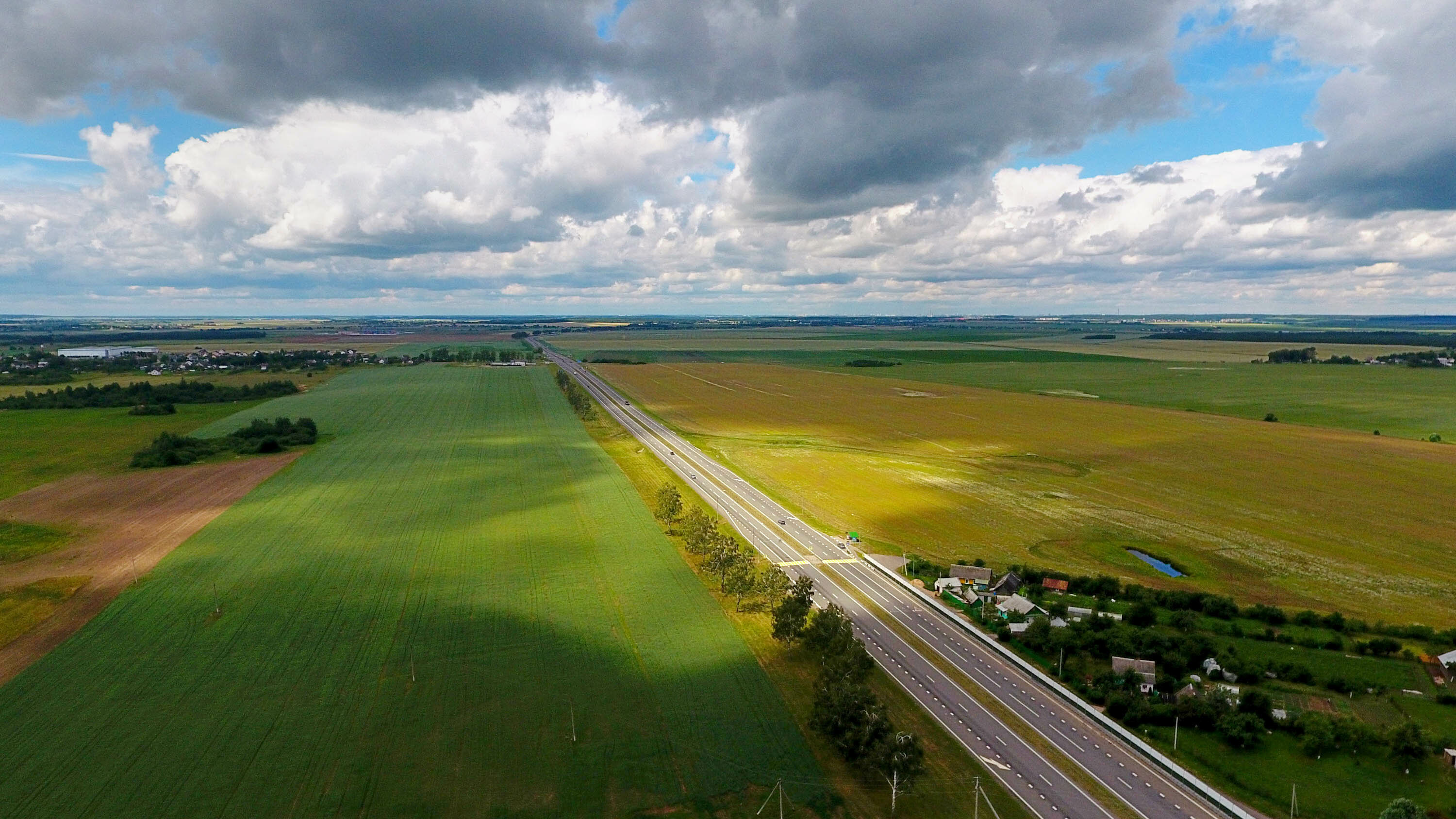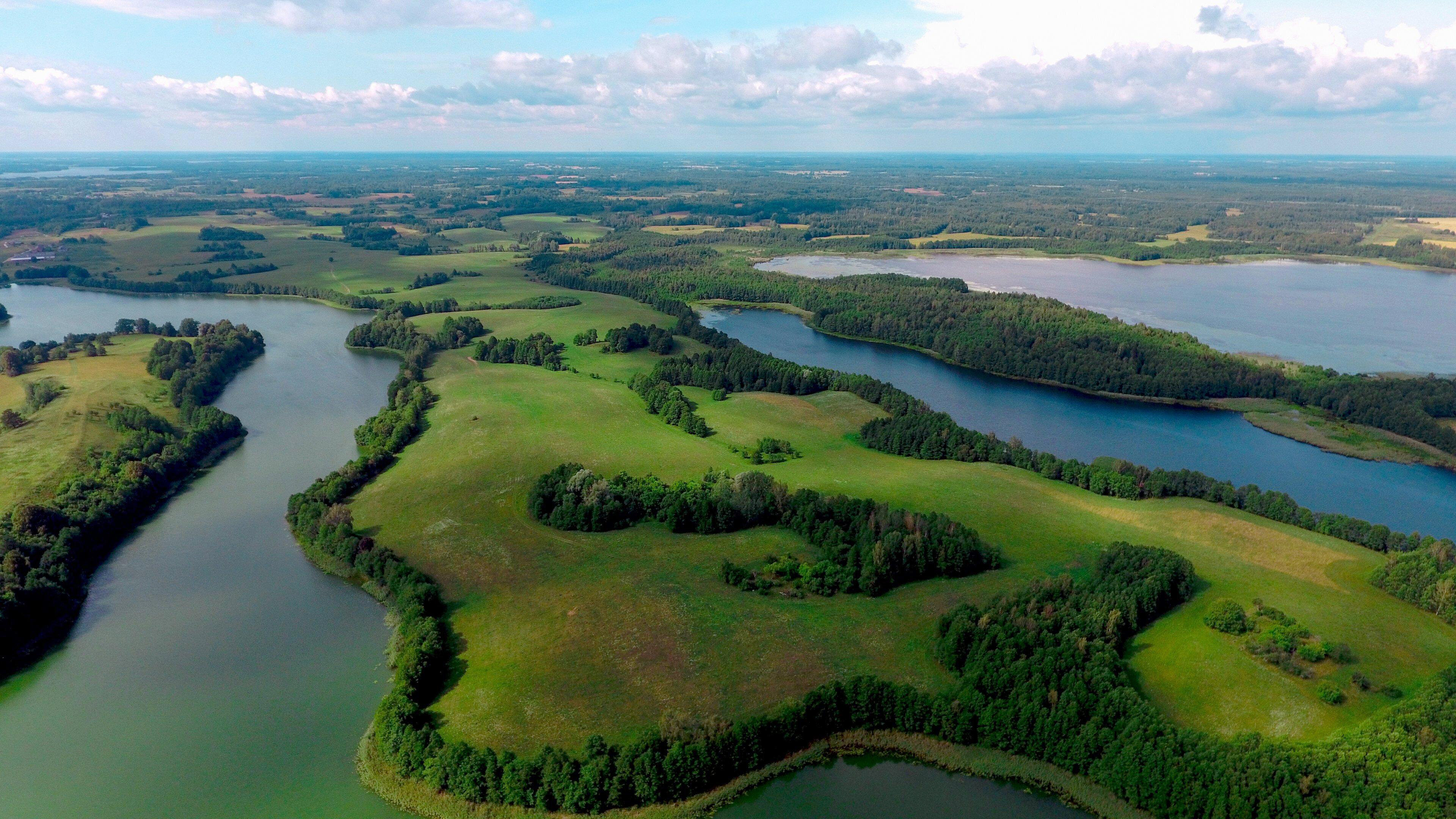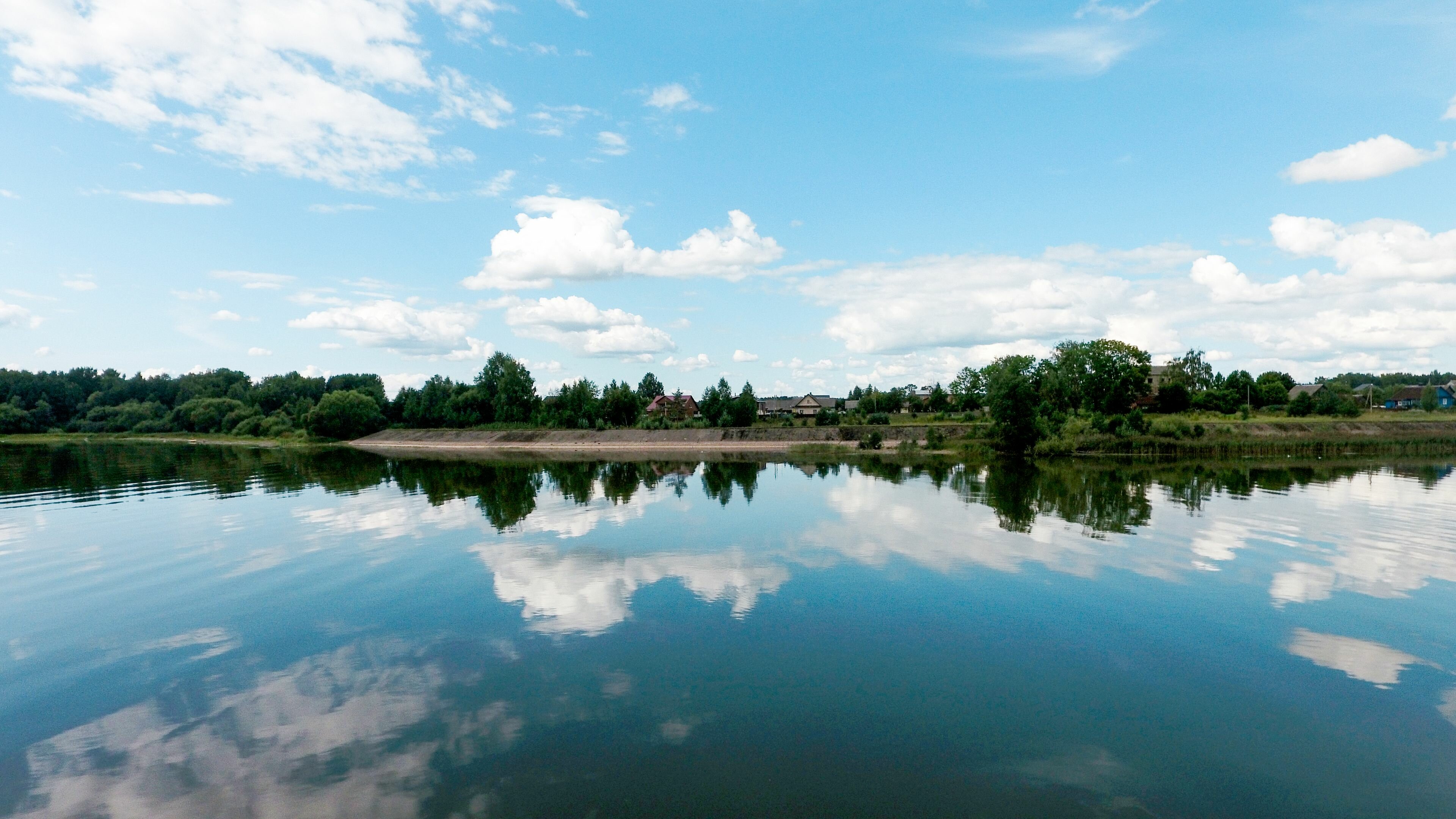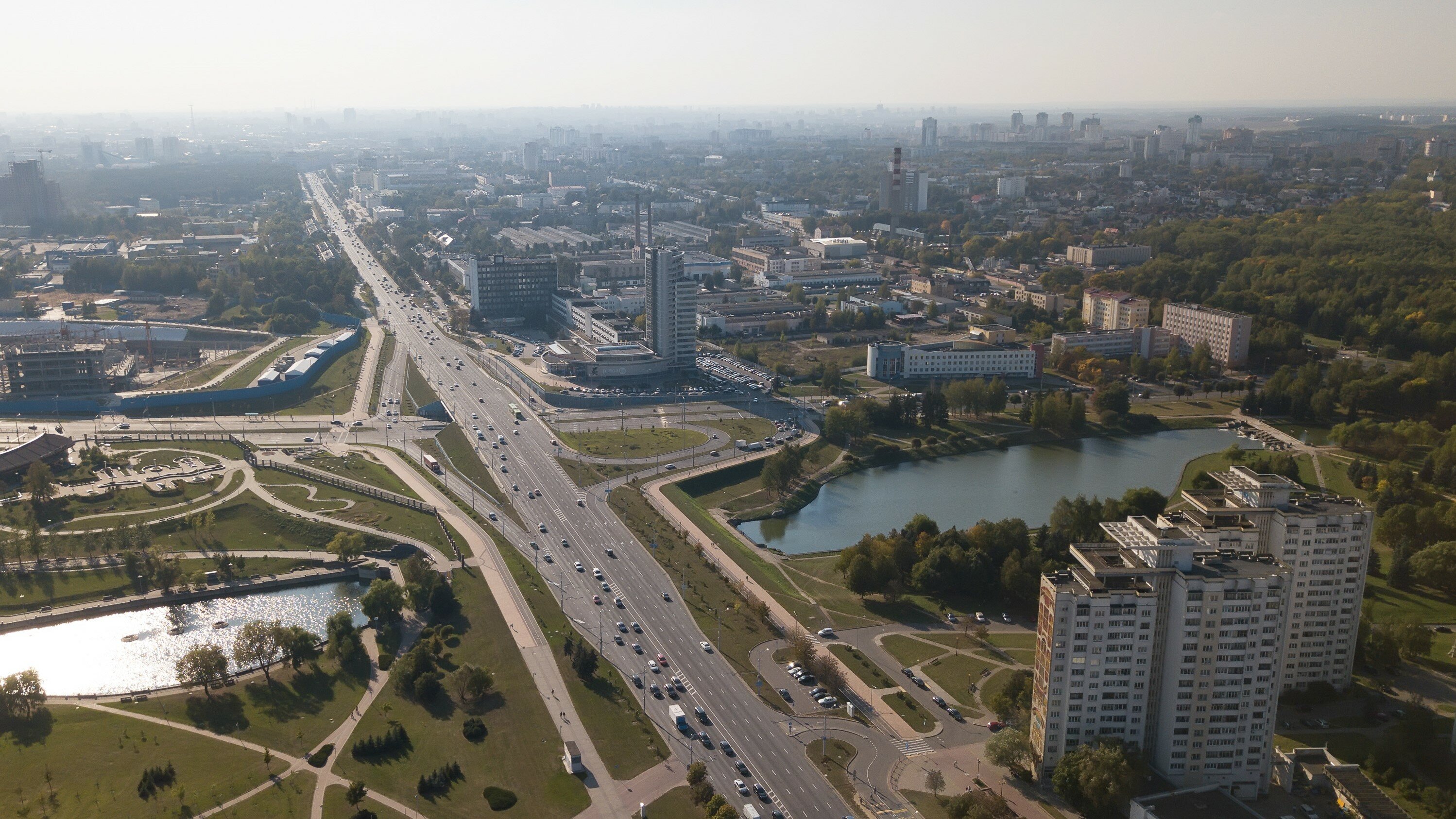Key Facts
Geography

The Republic of Belarus is located in the center of Europe, is part of Eastern Europe. It is crossed by major transit routes of the entire continent, including one of Eurasia’s main transport corridors from southwest to northeast. The shortest transport links connecting the Baltic Sea and the Black Sea also run through Belarus’ territory.
Border
Belarus shares border with five countries: Poland in the west, Lithuania in the northwest, Latvia and the Russian Federation in the north, the Russian Federation in the northeast and east, Ukraine in the south. The total length of the state border is 3,617km. The distance between Minsk and the closest capital city of the neighboring country – Lithuania’s Vilnius – is 215km. Latvia’s Riga is 470km far from Minsk; the distance to Poland’s Warsaw is 550km, Ukraine’s Kiev is 580km, Russia’s Moscow is 700km.
Size
Belarus is a compact country with a slightly longer horizontal axis. The country stretches 560km from north to south, and 650km from west to east.
Total area
Belarus is a medium-sized European state. The total area is 207,600km2, or about 2% of the total area of Europe.
Belarus is the 13th largest country among 44 continental European states (the world’s 84th largest country). It is bigger than Greece, Portugal, Austria, the Czech Republic, the Netherlands, Belgium. Belarus is nearly as big as Romania and the UK.
Terrain

Belarus is located in the East European Platform. The country has a predominantly flat terrain intersected by hills, flatlands, and lowlands with marshes and lakes.
Lowlands with absolute heights of up to 200m account for about 70% of the country’s territory, hills – for about 30%. The lowest area is in the Neman River valley in Grodno Oblast (80-90m above the sea level); the highest point of Belarus is Dzerzhinsky Hill in Dzerzhinsk District, Minsk Oblast (345m).
The northern part is called the Belarusian Lake District. It features glacial relief, hills and ridges. The middle part is located in the glaciolacustrine zone of the Belarusian Ridge and in the East Belarusian plateau-like lowland. The southern part features morainic and aquaglacial plains of sub-Polesie and flat, often marshy lowlands of Polesie.
Rivers and lakes

Belarus is located in the water basins of the Baltic Sea and the Black Sea. There are 20,800 rivers with the total length of 90,600km in the country. The biggest rivers are the Dnieper, the Western Dvina, and the Neman. The Dnieper is the country’s longest river stretching 666km through Belarusian territory.
There are almost 11,000 lakes in Belarus. The biggest lakes located in the north (the Braslav Lake District, aka "the blue necklace”) were formed nearly 15,000-20,000 years ago when the Valdai glacier melted. The biggest lake in Belarus is Naroch (80.1m2), the deepest lake is Dolgoye (53.6m deep).
Administrative division

Belarus is divided into six oblasts: Brest Oblast, Vitebsk Oblast, Gomel Oblast, Grodno Oblast, Minsk Oblast, and Mogilev Oblast. They are further divided into 118 districts.
Minsk – the capital city of the Republic of Belarus – is an independent city that does not make part of any other oblasts.
Minsk Oblast is the central region of Belarus. It is the only oblast without external borders.
Population

According to the National Statistical Committee, as of 1 January 2025 the population of Belarus was 9,109,280. This is 0.1% of the global population and about 1.2% of the European population. Belarus is the world’s 98th and the CIS’ 7th most populated country.
The urban population of 7,182,690 accounts for 78.6% of Belarus’ population. Some 1,926,590 people are rural residents. There are 115 towns, 85 urban-type settlements, and 22,990villages in Belarus.
The population of regions and oblast capitals (as of 1 January 2025):
- Brest Oblast – 1,299,912 (Brest – 346,061);
- Vitebsk Oblast – 1,072,063 (Vitebsk – 358,927);
- Gomel Oblast – 1,327,973 (Gomel – 501,193);
- Grodno Oblast – 984,880 (Grodno – 363,718);
- Mogilev Oblast – 971,365 (Mogilev – 352,896);
- Minsk Oblast – 1,456,357.
The population of Minsk is 1,996,730.
The average population density is 44 people per 1km2 (as of 1 January 2024).
The ethnic structure includes Belarusians (85%), Russians, Poles, Ukrainians, Jews, and representatives of other ethnicities (according to the 2019 population census).
State structure
The Republic of Belarus is a unitary democratic welfare rule-of-law state. It is a presidential republic by political structure with the socially oriented economy.
The Fundamental Law of Belarus is the Constitution of 1994 with amendments and addenda which were passed at the national referendums of 24 November 1996, 17 October 2004 and 27 February 2022.
The official languages are Belarusian and Russian.